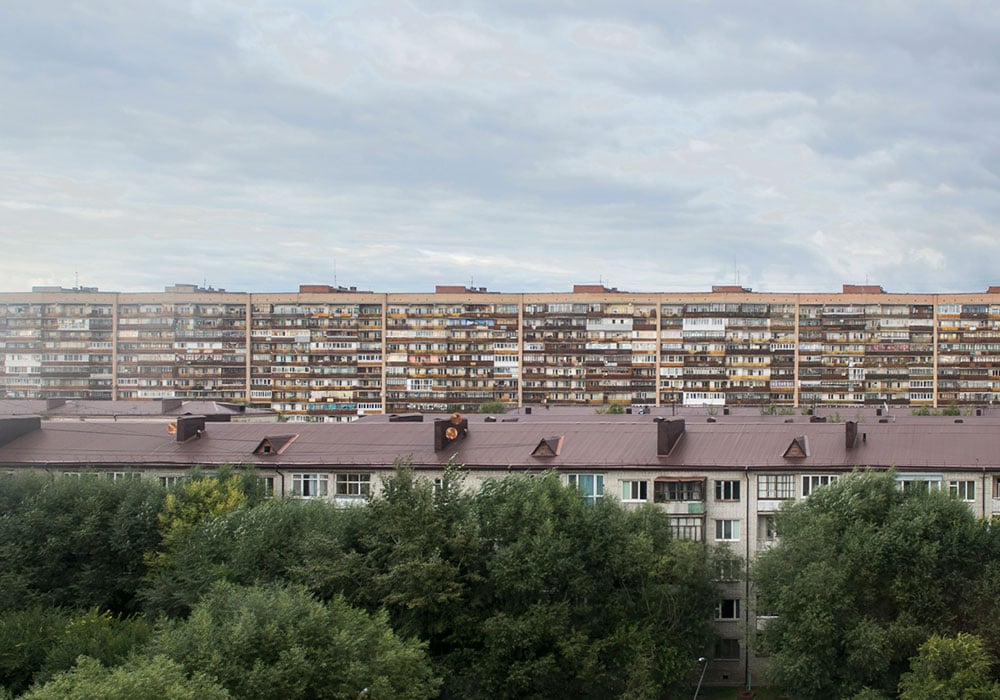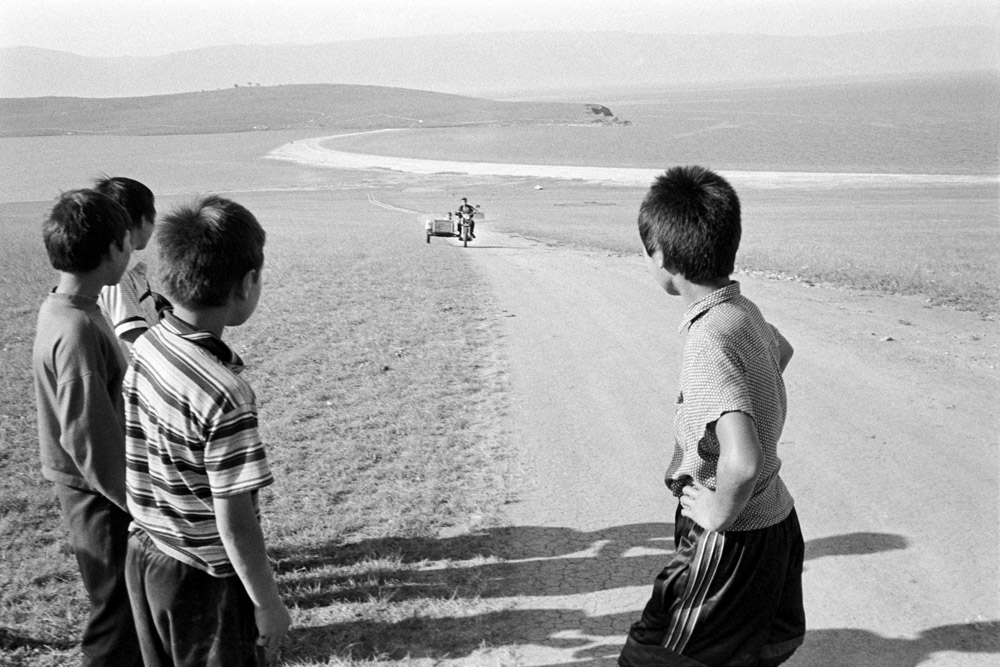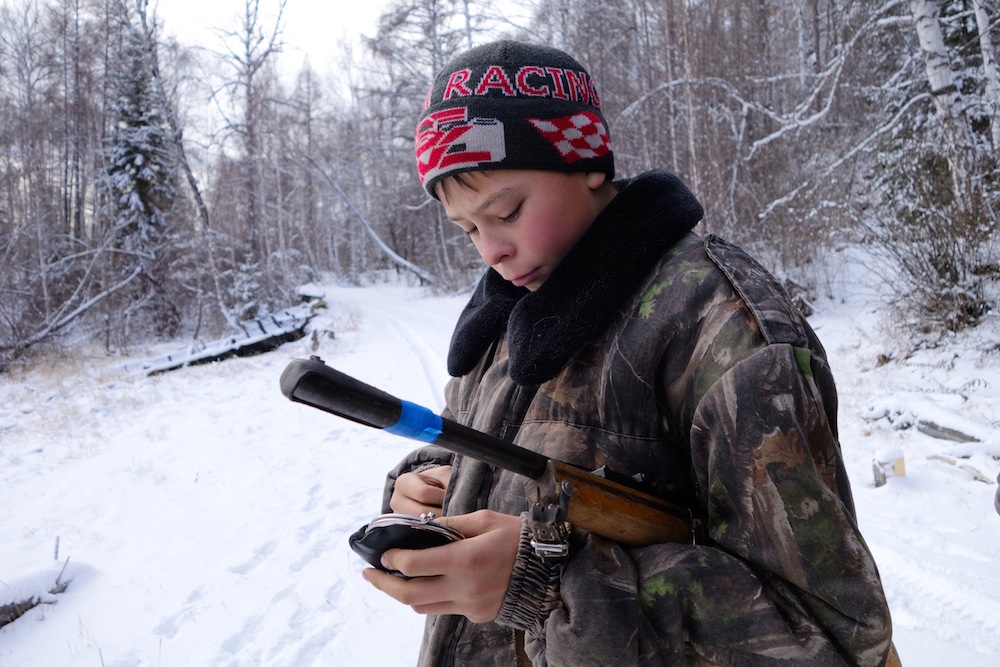Unexpected wonders: 7 places that will change the way you think about Siberia
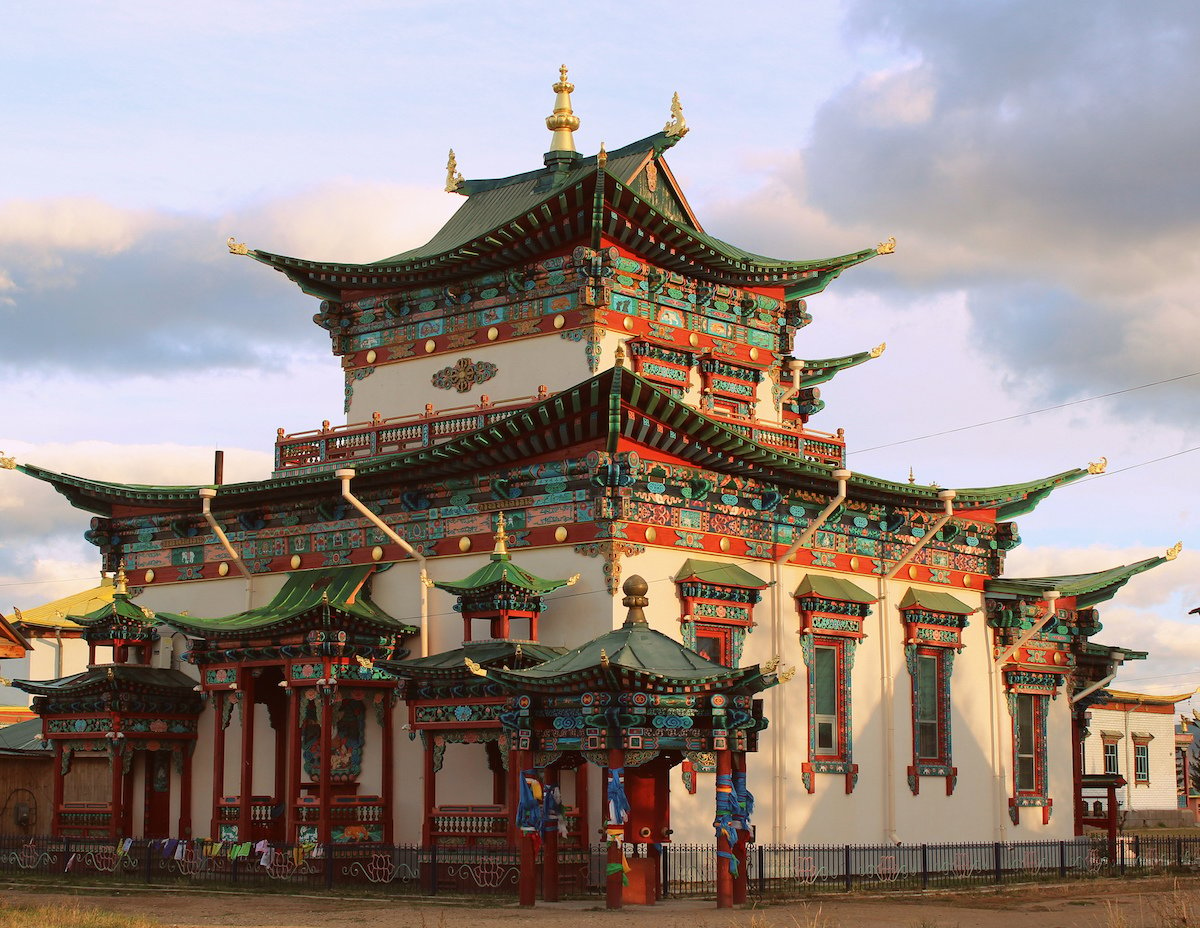
When you hear the word Siberia, you probably think endless snow-covered plains — but the huge region that begins at Russia’s Ural Mountains is much more diverse. Look hard enough and you can find anything from Buddhist temples to volcanoes and geysers
Putorana Plateau, Krasnoyarsky Krai
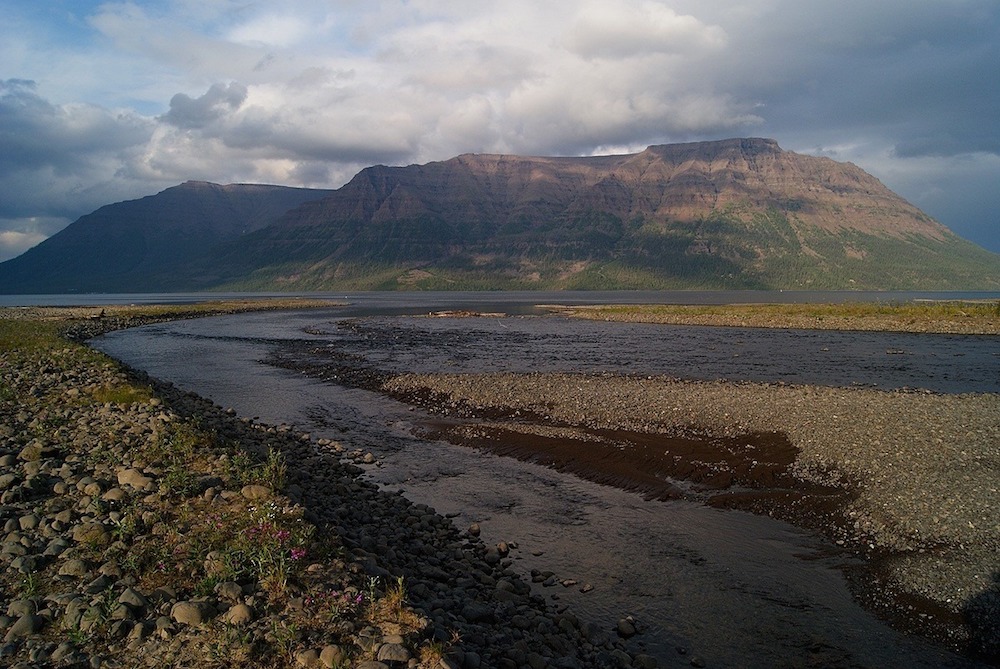
This basalt plateau looks like something from another age. In the language of local residents — Evenki — Putorana means “lakes with round banks”. And from a helicopter the plateau looks as if somebody used a knife to slice through a huge mountain. The plateau, with huge steps and terraces, has the highest concentration of waterfalls in Russia and some 25,000 lakes. Lake Vivi is located right in the geographical heart of Russia. The highest peaks are Kamen (1,701 metres), Kholokit (1,542 metres) and Kotuyskaya (1,510 metres).
Ivolginsky Datsan, Republic of Buryatia
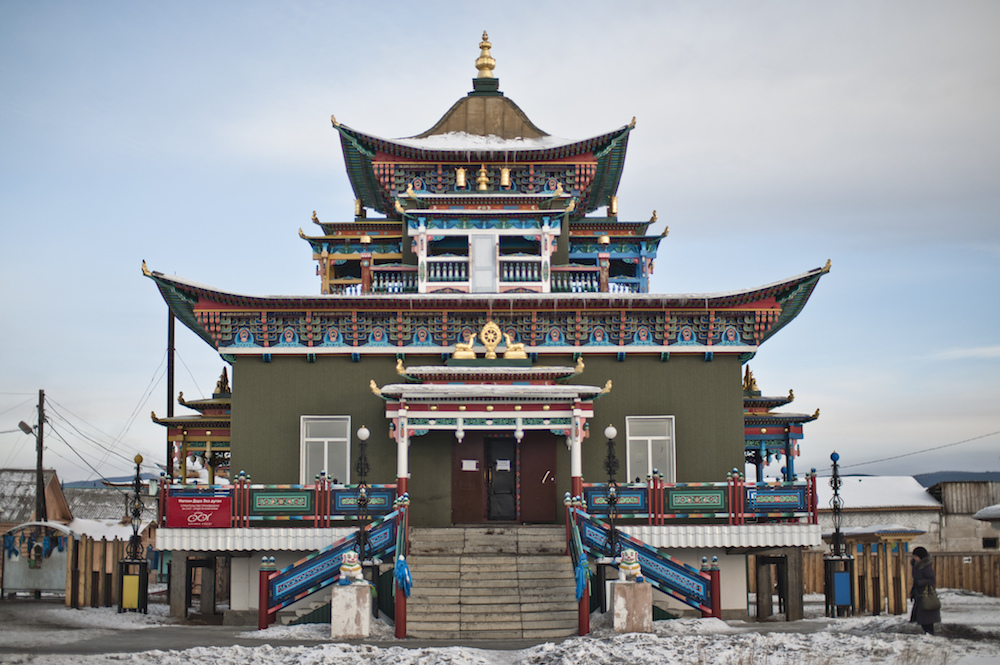
One of the most important Buddhist sites in Russia, Ivolginsky Datsan is located in Buryatia, just 100 kilometres from Lake Baikal, and surrounded by mountains. The temple was built in 1945 and is a treasure trove of local history and architecture. It is also famous as the resting place of Dashi-Dorzho Itigilov, an early 20th-century Russian Buddhist leader. After he died, his body was buried in salt and it remains almost perfectly preserved, reportedly still sitting in the lotus position. When the body was exhumed in 2002, it was judged to be in the same condition as someone who had died 36 hours ago.
Lena Pillars, Krasnoyarsky Krai
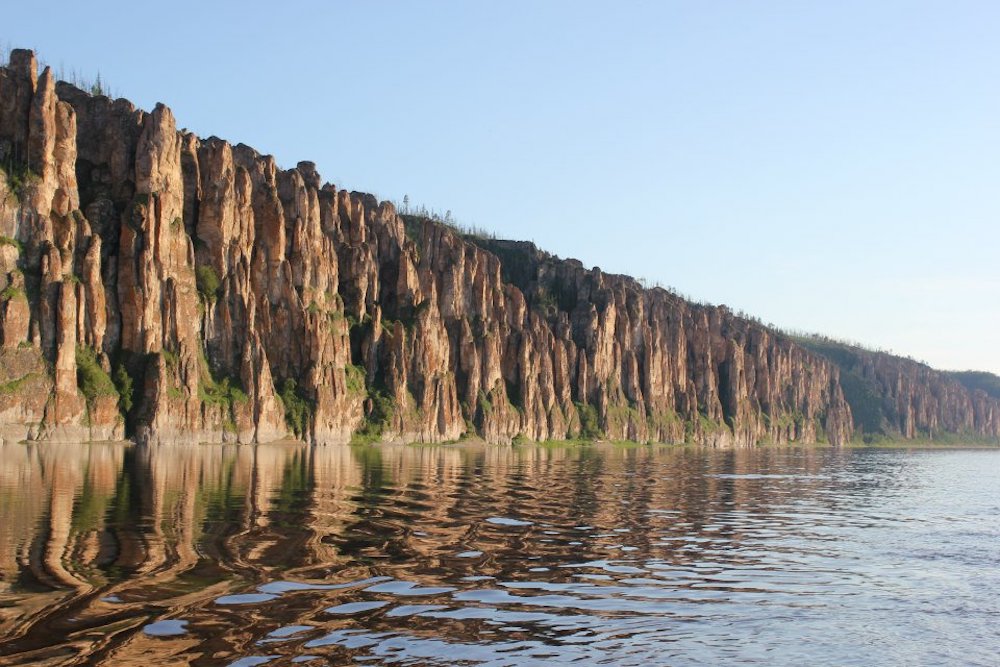
The Lena Pillars are reminiscent of the Giants’s Causeway in Northern Ireland or a Chinese stone forest. The pillars are around 550 million years old and contain the skeletons and fossils of mammoths, bisons and woolly rhinoceros. Some are more than 100 metres high and they spread for some 40 kilometres along the mighty Lena river. To take better photos, people use small boats to get closer. The Russian Romantic-era writer and explorer Bestuzhev-Marlinsky wrote that when you are by the pillars, “you can feel the sacred silence of a virgin creature, and the soul merges with a wild but majestic nature.”
Chara Sands, Zabaikalsky Krai
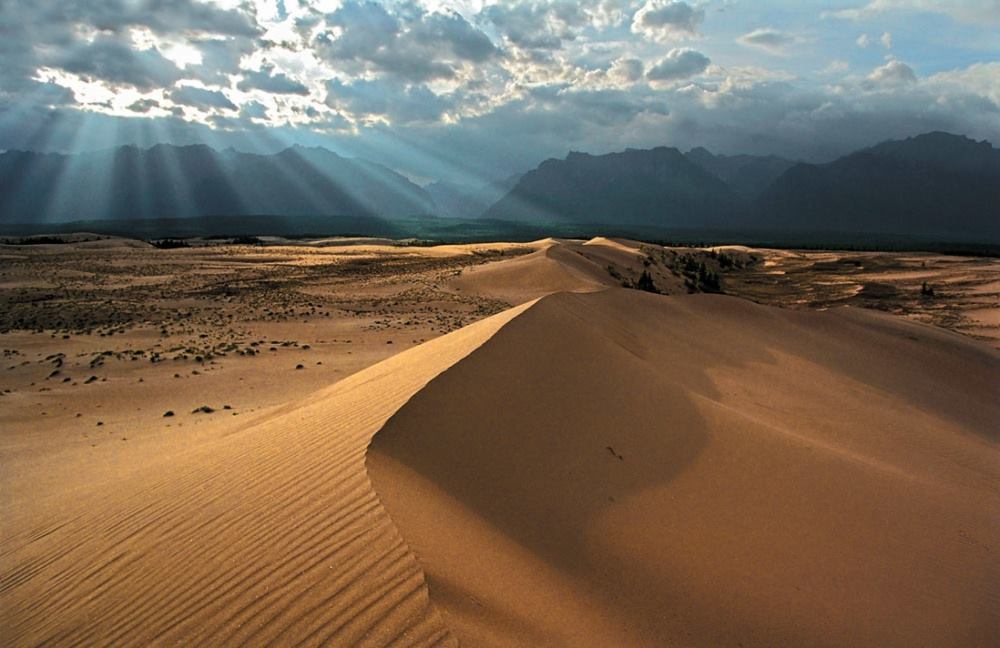
A desert in Siberia? Look no further than the Chara Sands, a sea of sand dunes in the middle of what is usually a frozen wasteland, with snow-capped mountains in the distance. Although relatively small (about 10 by 5 square kilometres), the Chara Sands has huge, shifting dunes that appear out of nowhere, rising out of green forest. The desert can be accessed from the nearby Baikal-Amur Mainline, or BAM, the railway line that runs north of, and parallel to the Trans-Siberian.
Kronotsky Volcano, Kamchatka
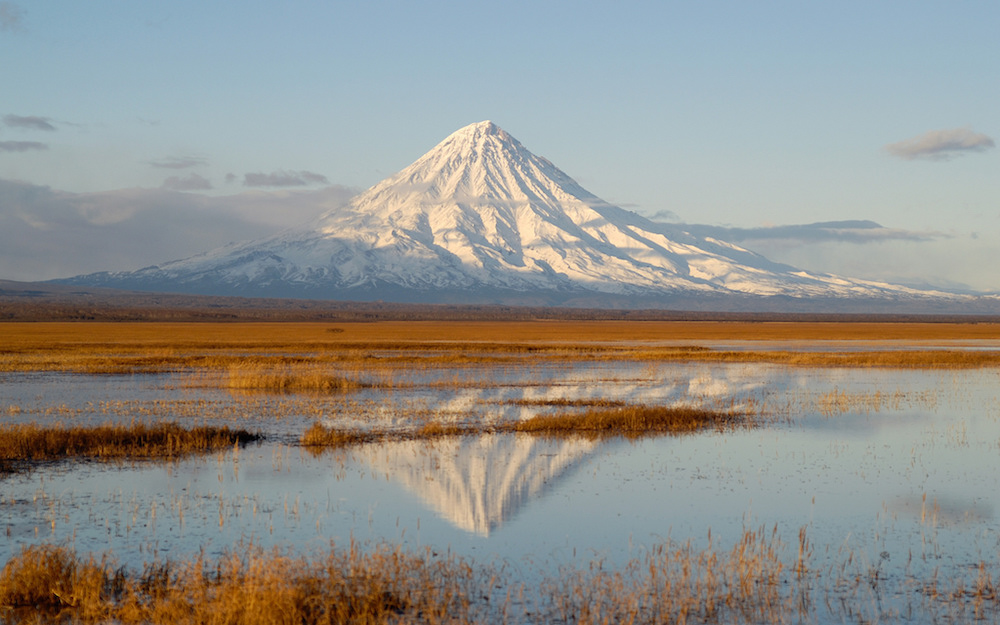
If you define Siberia as stretching all the way to the Pacific Ocean, it also includes the beautiful volcanic region of Kamchatka. One of its most spectacular fire-spewing mountains is Kronotsky Volcano, which reminds you of Japan’s Fujiyama in its perfection. The active volcano is 3,528 metres high but it’s hard to get up to the crater because of the volcanic soils and extremely steep slopes. There is also Kronotsky National Park, the oldest nature reserve in Russia. In its huge geyser valley, the largest spews a 30-metre fountain every four hours.
Golden Horn Bay, Primorsky Krai
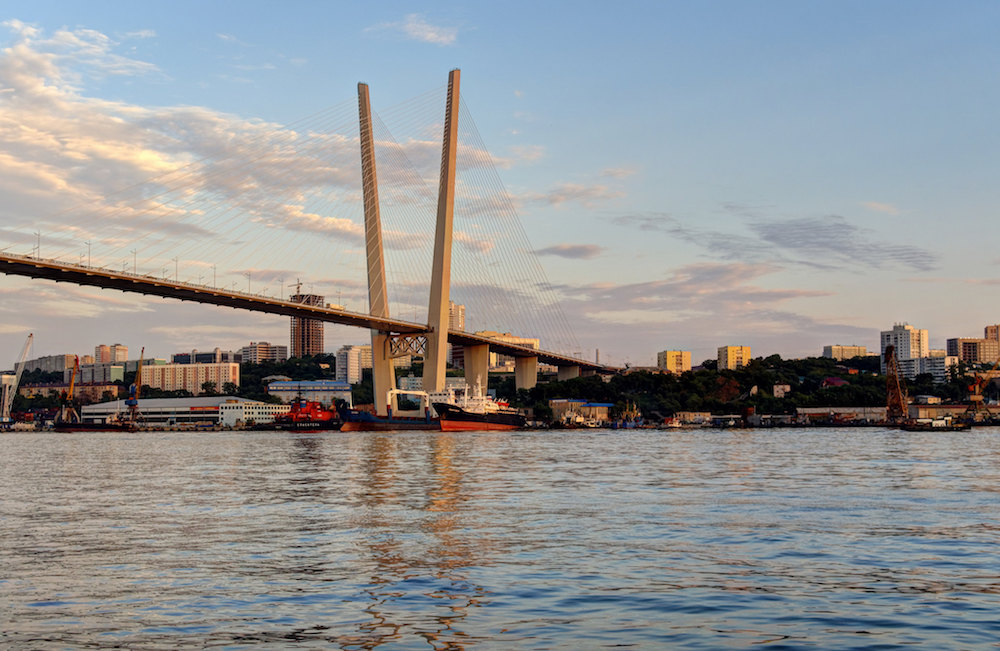
The Golden Horn Bay on the Pacific Ocean is the namesake of the famous bay in Istanbul. It closely resembles its twin-brother, with the city of Vladivostok clustered around the edge of the water. Continuing the parallel, the nearby straits are known as the Eastern Bosphorus. Russky Island, which has a large university, is connected to the mainland — across the Eastern Bosphorus — by a 1,104-metre-long bridge, which, from the sky, might remind you of San Francisco’s Golden Gate Bridge.
The Altai Mountains, Altai Republic
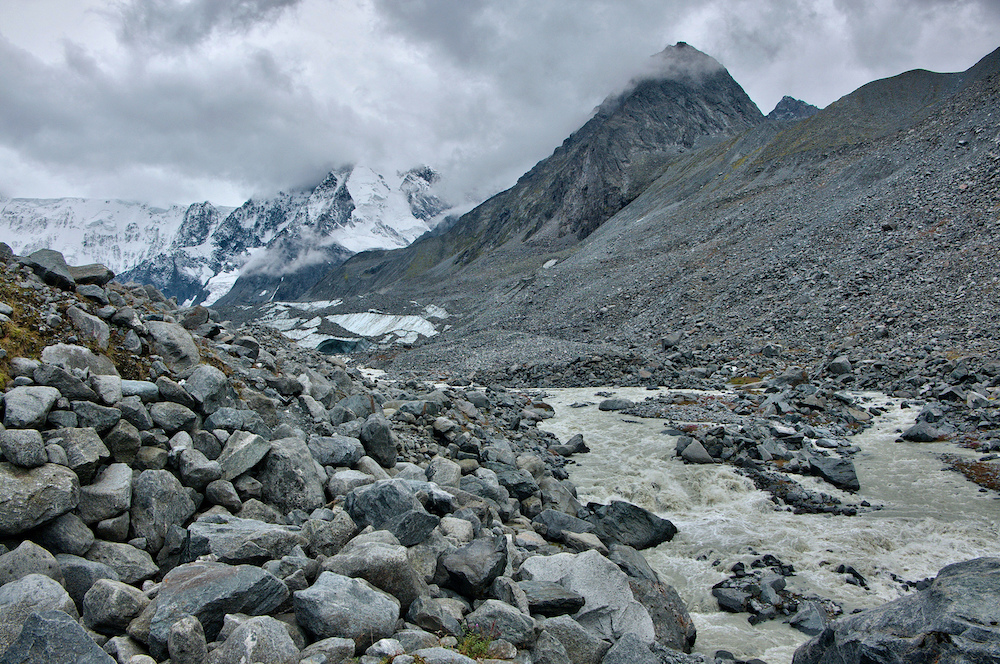
In Mongolian, the name Altai means Golden Mountain because of the colour the peaks glow in the sun. At 4,506 metres, the highest mountain of the range is the double-headed Belukha, a few hundred metres shorter than Mont Blanc, the highest mountain of the Alps. Other names for the Altai region include the Gate to Shambala, the Pearl of Asia, Siberia’s Switzerland and Navel of the Earth. In the winter there are skiing options and in the summer season, which lasts from late June to the end of September, you can taste herbal mountain teas, smell the scent of the larch woods, and be overwhelmed by the splendid views of glittering mountain peaks.
